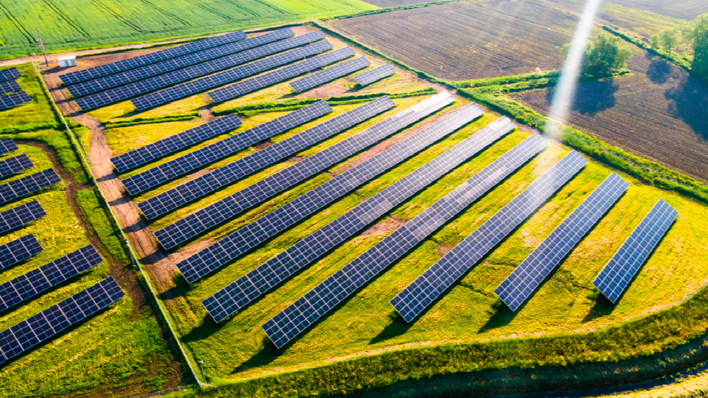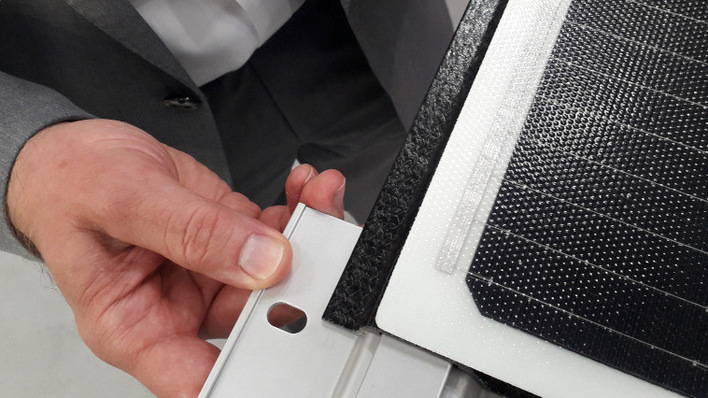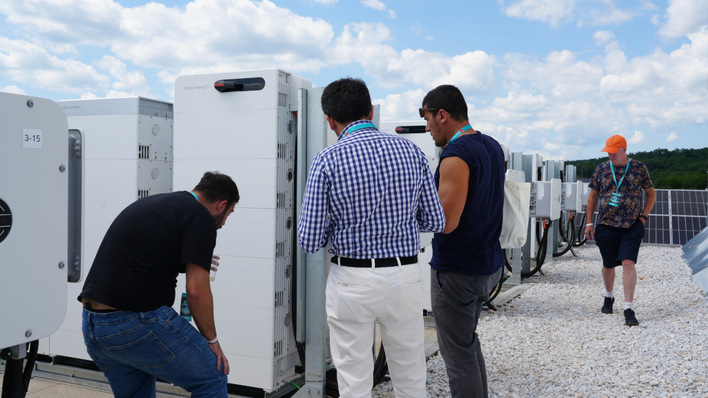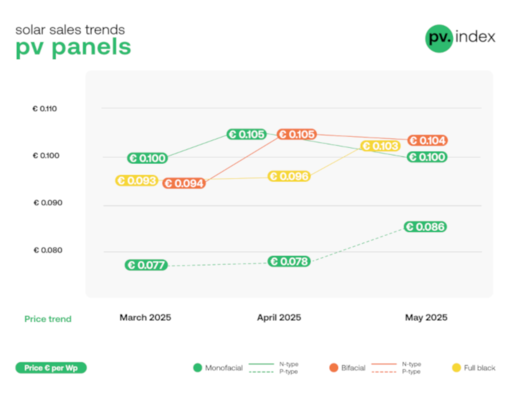The report found that a centralized rotary-drive tracker architecture delivers an LCOE of 2.75 cents/kWh for a 100 MW solar array, while a decentralized architecture can only achieve 2.94 cents/kWh, this is 6.7% lower. Calculated over a 30-year expected PV array lifetime, that amounts to LCOE savings of $12.41 million.
Central tracker architecture with lower maintenance costs
This is due largely to lower scheduled and unscheduled maintenance costs. The study further shows how the centralized system’s resilience to environmental risks leads to an increase in a project’s profitability and to long-term investment security.
The analysis was delivered in a first-of-its-kind independent report in which different solar tracker architectures were assessed regarding their durability and reliability. It took into account the extreme heat and strong winds that are prevalent in the Middle East and other parts of the MENA region. The report highlighted these unique environmental challenges facing utility-scale solar projects in the region and the crucial importance of minimizing O&M.
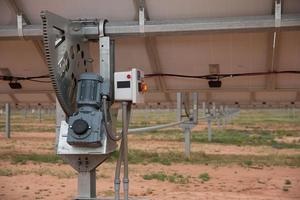
Solar tracker with central architecture.
Consider 0&M costs when selecting components
“It’s crucial that project developers and EPCs begin to look at the importance of O&M costs when it comes to component selection,” said Array Technologies Executive Chairman, Brad Forth, when presenting the report. “The risks inherent to some tracker systems are significant and can have a massive impact on a project’s viability as well as profitability over 20 or 30 years.”
Key takeaways from the report findings include:
- centralized trackers have fewer motors and electrical components, thereby requiring less scheduled and unscheduled maintenance;
- the electrical components deployed in decentralized systems, including lithium-ion battery packs, can be prone to failure in the field, particularly when operating in high temperatures (HCN).
Stay informed, get our free newsletter twice a week. Register here.
More useful information:



